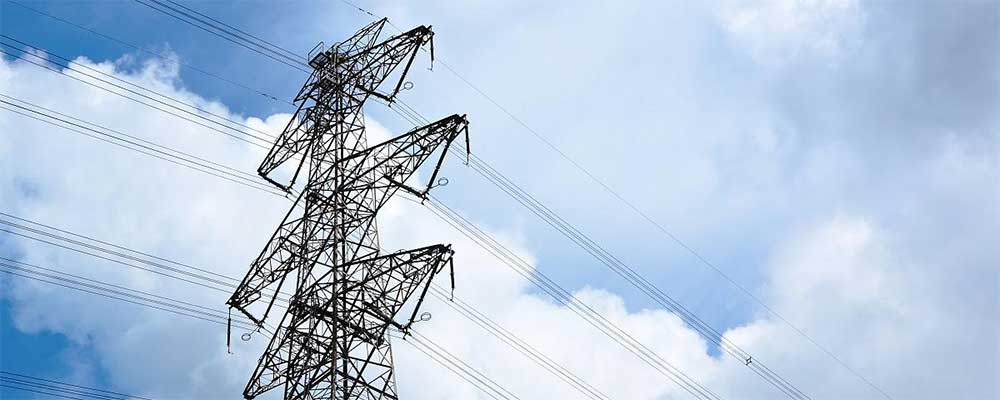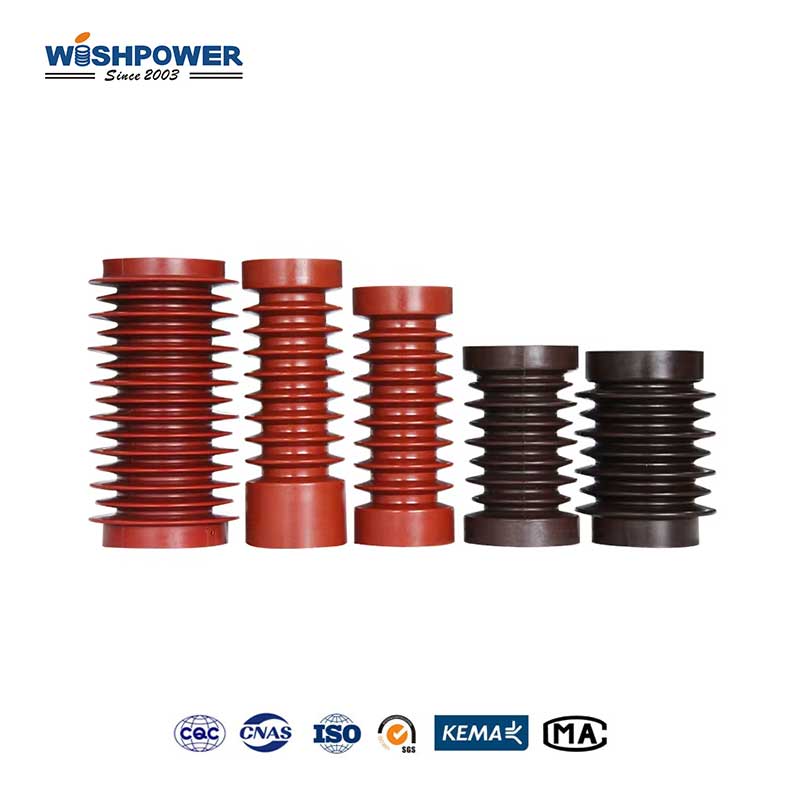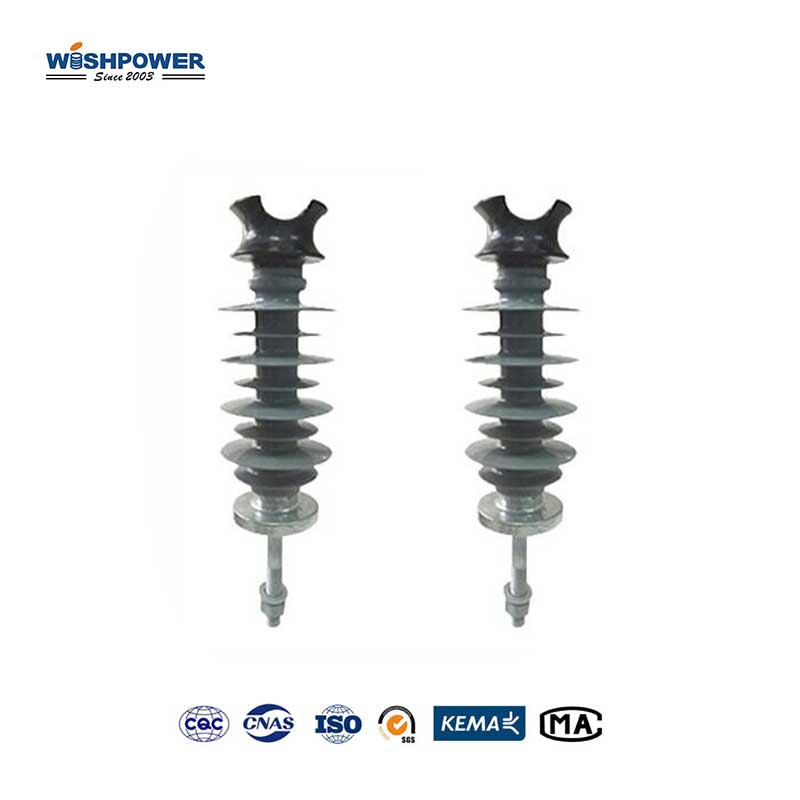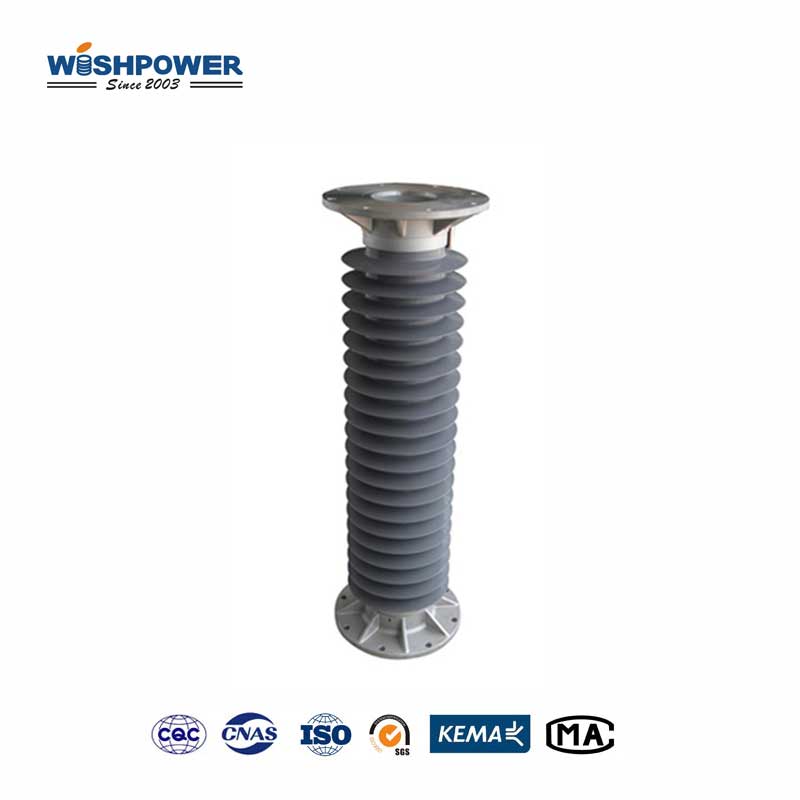High-voltage composite insulators are on the rise in transmission substations, revolutionizing the way power infrastructure units and changing the performance of power structures. So what are composite insulators?
What are composite insulators?
Also called polymeric insulators, composite insulators are electrical insulators manufactured through the use of various forms of materials, most commonly fiberglass, silicone rubber, or EPDM (ethylene propylene diene monomer) outer layers, and metal end clamps. The composite insulators are different from the porcelain or glass ones due to their characteristics that enable them as the most appropriate in harsh conditions and for high voltage uses. The fundamental part of any composite insulator is the fiberglass rod core that gives mechanical strength to the insulator. This core is subsequently coated with a polymer material which includes silicone rubber, that acts as electrical insulation and that is also resistant to degradation. The end fittings which may be constructed of metal are inserted in the core and offer the required mechanical interface to the power line and structure.

Evolution of Composite Insulators
Composite insulators are relatively new solutions compared to the traditional porcelain and glass insulators with their evolution starting in mid of the 20th century. As you will recall, porcelain insulators have served their purpose well in this regard, but are dense and can break under their weight or due to applied mechanical force, and are also affected by pollution and weather. As for the second type of insulator, glass insulators, although they are known to have fewer problems associated with mechanical failure, they also show some problems associated with the weight of the insulator and vulnerability to contamination on their surface. In this case, composite insulators were brought out as options for solving such problems. These materials have high mechanical and electrical performance and occupy less weight; that is why they are an attractive option.
What are the main advantages of composite insulators?
1. Lightweight and easy to handle:
Composite insulators are lighter than porcelain or glass insulators which makes the handling and transportation of the insulators easier, their installation as well as maintenance. It also brings about weight reduction which implies that less load is placed on the transmission towers or structures hence lesser investment costs.
2. High mechanical strength:
When subjected to mechanical loads, the glass fiber core of composite insulators exhibits good tensile strength. This makes composite insulators to be most appropriate where high mechanical performances are required for instance where there is frequent wind or where there is loading with snow.
3. Resistant to environmental factors:
The polymer shell component of composite insulators demonstrates an excellent level of resistance to UV, moisture, and chemical contaminants for it is made from polymer materials. The resistance prevents the insulator from degrading or altering its electrical properties, mechanical strength, and durability for as long as is required in the harshest conditions.
4. Hydrophobic surface:
The outer skin of the silicone rubber housing layer is inherently non-stick and this is because it is water-proof. This property minimizes surface dangers such as getting polluted or developing flashover, particularly in wet or polluted geographical areas. The insulator is also able to self-clean because the hydrophobic surface causes water droplets to roll off the surface taking away dust and other contaminants.
5. Improved safety:
This is especially important because composite insulators do not break like glass or porcelain insulators and therefore present no danger in case of failure. Also, the polymer materials that are used in composite insulators do not easily support arcing, which enhances safety in use, especially in high voltage.
What is the composite insulator?
Composite insulators can be considered a revolution in the field of electrical insulators, as they provide numerous benefits to be included in contemporary power systems. They are preferred for their lightweight and high mechanical properties, environmental durability, and enhanced safety to mention but a few. Due to the existing dynamic and progressive tendencies of the Energy Sector, it can be stated that composite insulators will occupy a very important position in the development of the power transmission and distribution systems of the future.
If you have different opinions or want to know more, please leave a message on the website or contact us directly at info@wishpower.net

















